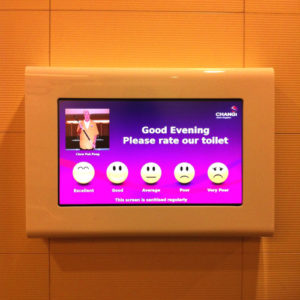The past two weeks have also highlighted for us the importance, and almost magical nature of quality feedback. Building software without feedback is like sailing through fog; you sort of know which direction you’re heading but until the fog clears you can’t be completely certain of where you are and what’s around you.
After a couple of blog posts, tweets and retweets we received over 200 beta signups. A great number to begin getting some people using our app.
We started sending out invites one at a time, waited until people had completed the on-boarding process (luckily this was a high % of users from the start) and then reached out individually via email to ask for feedback.
Everyone we asked has been super friendly and willing to help us out – and the results have been enlightening. UX mistakes that had been staring us in the face for months become immediately apparent when you see people using your product for the first time. We’ve learnt about use cases we’d never thought of and been given feature suggestions that in hindsight seem obvious.
We’re no longer sailing through fog
For collecting feedback we’ve found doing screen-shares over Skype or join.me probably gives the best mix of power & convenience (in person is probably best, but not always practical) and email exchanges are sort of like the bread and butter.

We’ll be experimenting with other ways to collect feedback – it’s my experience that the organisations who’ve taken the time to make it super-easy and fun to give feedback usually also provide a better customer experience in general. Singapore’s Changi Airport, which is regularly rated the best airport in the world, is a good example of this. Changi is covered with these screens, where with one touch you can rate your experience in different parts of the airport. This helps identify areas for improvement (down to the individual toilet).
The first thing to do when receiving feedback is to really listen and make sure you have the attitude that the person giving it is 100% correct. If you hold onto the belief that your product is right, if only the user took the time to figure out how to use it properly, then you’re most likely on a losing path. You need to internalise that the customer is always right, and you’re most likely wrong.
The next step is to figure out what to do with the feedback, sometimes implementing exactly what the user says they want isn’t the right approach, but there’s usually a way to resolve their underlying need while staying true to your own product vision.
Our strategy has been to try and quickly hammer out the easier improvements right away and add the larger projects to our todo list where we can spend more time thinking about the optimum implementation.
We’d like to say thanks to everyone who’s taken the time to respond and give feedback, please keep it coming, we’re listening.
If you’d like to get in touch please email support@chartmogul.com and we’ll be happy to spend time understanding your requirements via email or phone.
